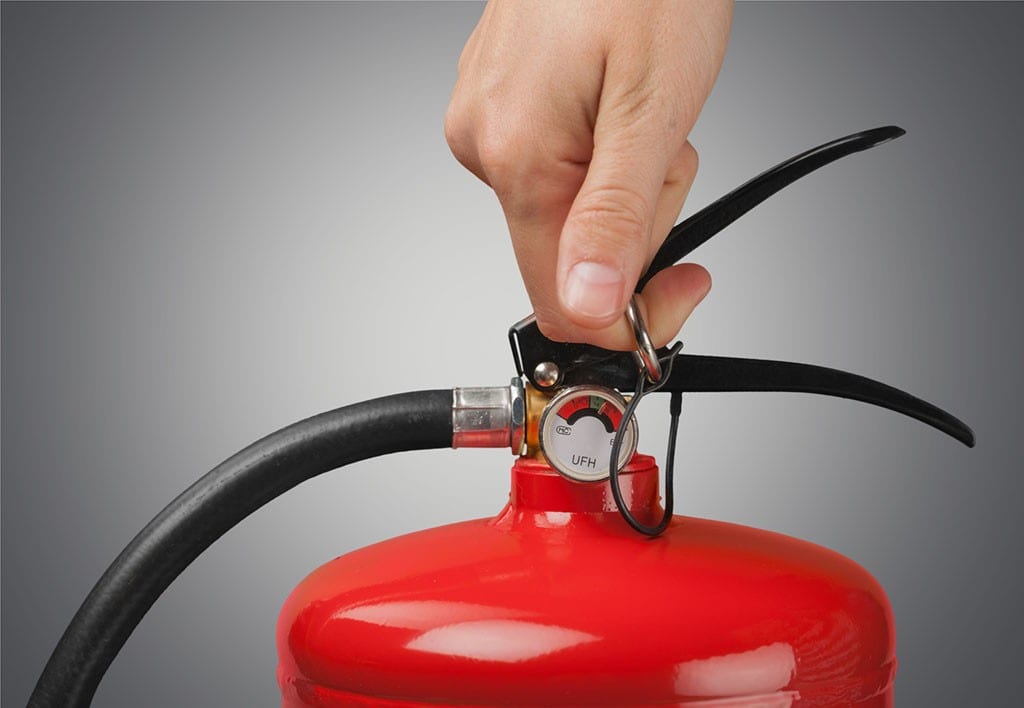Sydney businesses need to ensure they are safe from fires. This is not just to be in compliance with the laws, but also for their clients, employees, and their property. A fire can cause catastrophic losses in minutes, but the risks involved can be minimized or avoided with the proper precautions in place. Regular fire inspections, periodic testing of electrical systems and conformity with CFSP standards all contribute to ensure that the environment is safe.

Why Fire Inspections are the underlying principle of Safety
Fire Inspections are the first line of defense against potential hazards. They ensure that all the components of the building’s fire-protection system are functioning and in good condition. In Sydney companies must conduct inspections at least every six months, or every year, dependent on the type of building and local council regulations. Inspections can cover everything including smoke alarms and sprinkler systems to fire alarm panels and hydrants to emergency lighting, and even fire alarms.
Inspections are important because they can detect hidden problems prior to them becoming dangerous. A small fault on a fire hydrant or a blocked smoke detector may seem insignificant at first glance but in a situation of emergency, these flaws can cost lives. Through conducting periodic fire inspections business managers are not only ensuring they meet compliance obligations but making active efforts to ensure their workplaces are protected from the possibility of unforeseen disasters.
Test and Tag Testing and Tag
Electrical systems can be the main cause of fires at work. Testing and tagging are consequently an essential element of an action plan for ensuring security from fire. This involves checking electrical devices for safety, to ensure they’re secure, safe and compliant. Then an identifiable tag is fixed to the equipment, indicating it’s passed inspection. For a lot of businesses it’s more than just a requirement for routine use. it’s a way to protect against dangers that usually go without being noticed.
If left unchecked older wiring, malfunctioning appliances or worn cables could become a fire risk. Businesses can reduce the risk of fires by regularly testing and tagging electrical equipment. This can also build trust and confidence for employees by assuring them that their workplace is safe. In conjunction with fire inspections, testing and tagging provides a complete safety strategy that minimizes risk across multiple areas.
The importance of CFSP for Compliance and Certification
Only an Competent Fire Safety Professional (CFSP), who is located in New South Wales, can be a signer and certify important documents for fire safety such as Annual Fire Safety Statements. The introduction of CFSP accreditation has raised the standards of fire safety, ensuring that only qualified professionals assess and validate safety measures. For those who own businesses, having a CFSP implies that reports and inspections are not just routine paperwork but reliable evaluations carried out by experts.
The role of a CFSP goes far beyond just ticking boxes. These professionals assess the condition and effectiveness of the fire protection system, provide precise reports, and ensure the compliance of regulations. Businesses that are not equipped with CFSP certification could be penalized, facing legal problems or even being shut down should they be found to be insufficient with fire protection. When you partner with experts accredited in fire safety, you’ll be able to ensure that your systems are maintained correctly. Also, you’ll be able to meet all compliance requirements without unnecessary anxiety.
The Fire Safety Act: A Lifetime Engagement
Fire safety is not a one-time obligation but it is a continuous responsibility for each business owner. Regular inspections and testing of electrical equipment, together with the proper certification of CFSP and CFSP, create a security loop that will never end. Beyond legal compliance and ongoing monitoring, this approach helps to create a culture of safety within the workplace. Employees feel more secure in the knowledge that clear evacuation procedures, smoke alarms emergency lighting, and a fire suppression system are all in place.
Treating fire safety as an ongoing process, rather than the annual checkbox minimizes risk, but also helps strengthen the company’s image. When safety is the top priority customers and clients feel more secure. In the long run, investing in fire protection that is proactive saves the company money by preventing costly damages, fines, or legal battles, as well as protecting the lives of every person that enters the building.
Conclusion
Sydney fire safety requires a multilayered approach, which includes testing and inspections for fire, tagging and certification by a CFSP. Every element plays a critical role in keeping businesses compliant to regulations and, most important, to ensure that the safety of property and people is ensured. Businesses that make safety an essential aspect of their work and not just a secondary note will comply with their legal obligations as well as create a more stable, safe working environment.